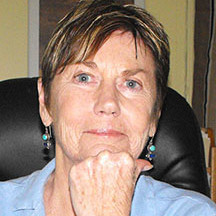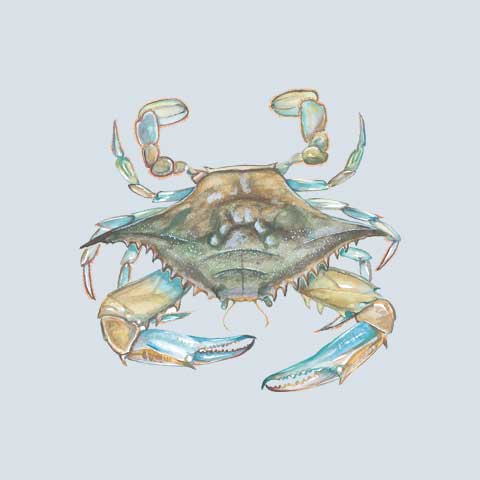North Carolina’s blue crab season was a bit different this year with lower catches and higher prices. But in the end, it turned out to be a good year for the fishery.
“It was definitely a good year,” says Jeff Styron of Garland Fulcher Seafood in Oriental, N.C. “The stock was down but the prices were higher.”
“The retail market did very well, likely because folks stayed home more,” says Styron. “That said, the restaurants really took a hit this year. Really a mixed bag.”
Daniel Zapf, a fisheries biologist with the state Division of Marine Fisheries, agrees.
“My sense is that most crabbers would consider this season to be pretty good. It seemed like landings might not have been high. But according to dealers, we’ve heard from prices have been good recently,” says Zapf.
The statistics confirm the drop in catches.
The 2020 Commercial Landings Bulletin (January-June) indicates a decrease in blue crab landings, from 7.28 million pounds landed in 2019 to 5.48 million pounds for the same period this year. Similar decreases were recorded for peelers – down from 401,108 pounds to 259,881 pounds. Soft crab landings also dropped from 172,311 to 113,080 pounds for the same period in 2020.
Final figures for hard blue crabs in 2019 totaled 22.34 million pounds at a value of just over $22.19 million, distantly followed by shrimp at 9.55 million pounds but with a value of just under $22 million.
According to Styron, 2020 prices averaged $3.50 for jimmy crabs, with a low of $2.75 and a high of $4. This was consistent with 2019 prices, although according to Styron, the catches were down.
At the retail level, the mid-December posted prices at B&J Seafood Market in New Bern, N.C., were $24.95 a dozen for large males, $17.95 a dozen for medium males and females and $6 a pound for jumbos.
Merritt, N.C., crabber Cathy McDaniels says “it really was a strange year.”
“But in the end it was decent season, just a bit unnerving given the ups and downs. Things were looking good and then in July, the jimmies just seemed to disappear — that was scary. In the end it worked out fine, but my concern going forward are the new regulations.”
“It’s difficult making a living on the water and with each season, there’s a new set of rules,” she said.
North Carolina’s most valuable commercial fishery, blue crab, continues to face new management measures.
Cutbacks include closed seasons, establishment sanctuary areas, and 5-inch size limits on female crabs, no possession of immature crabs and a plan to reduce the crab bycatch allowance for oyster dredges.
According to the commission, “reductions in harvest are necessary because a recent North Carolina stock assessment for blue crab determined the stock is overfished and overfishing is occurring.”
North Carolina law mandates that fishery management plans include measures to end overfishing within two years of adoption and rebuild the stock to achieve sustainable harvest within 10 years of adoption. The options addressing sustainable harvest are predicted to reduce harvest by 3.1 percent meeting the mandated reductions.
These measures passed in February by the state Marine Fisheries Commission began being phased in during April.
The new blue crab season extended closures will go into effect Jan. 1-31, 2021, for northern waters and March 1-15, 2021, for the southern region. The North Carolina Marine Fisheries Commission approved the measures with the adoption of the Blue Crab Fishery Management Plan in February of 2020.
To the north, the 2020 Chesapeake Bay Blue Crab Advisory Report reported that the blue crab population decreased from 594 million in 2019 to 405 million in 2020. While this marks a 31 percent decrease from the previous year, experts report the overall Chesapeake Bay blue crab population is not depleted or being overfished.







